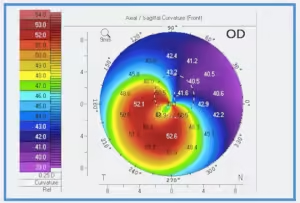

So your Ophthalmologist has told you that you have a cataract, and you have decided to proceed with cataract surgery, but what is an IOL and which one should you choose?
Inside your eye you have a natural lens that focusses light onto your retina. Your natural lens has the ability to change shape to allow the eye to focus at different distances, such as focussing for driving distance and then reading up close. A cataract occurs when this lens becomes cloudy and it affects the light passing through clearly.
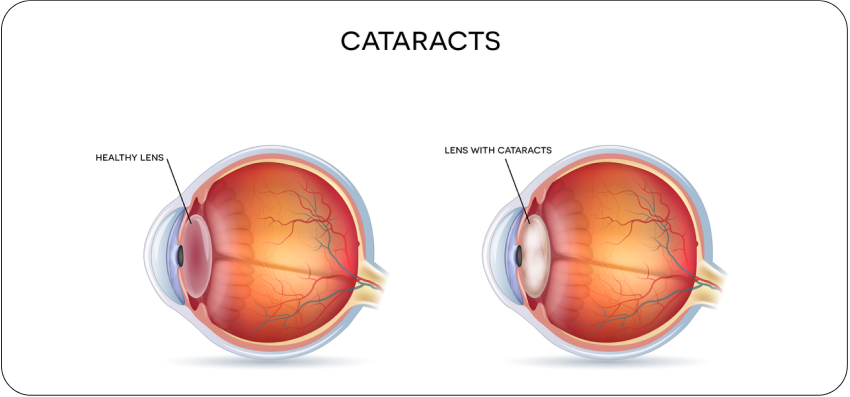
The only way to treat a cataract is to remove the cloudy lens and replace it with an artificial lens implant; this is known as an Intraocular Lens or an IOL.
There are several different types of IOL available, and making the correct choice can seem overwhelming. At Nexus Eye Care, we use specialised equipment to carefully measure your eye and calculate which lens will achieve the best vision for you. Then your Ophthalmologist will take the time to discuss and explain all the lens choices and help you choose which lens will work best for you and your lifestyle.
It is important to understand the types of IOL available and their limitations. It is not possible for all types of IOL to meet every patient’s needs, and you may even have to adjust your expectations accordingly. Making the correct choice is important because removing an IOL, although not impossible, is not the same as removing a cataract, so your surgeon and their eye care team will be working hard to get your IOL choice correct.
A monofocal IOL provides the best possible vision at one particular focal point. These lenses have been used in cataract surgery for a long time and are still the most common choice of IOL because of the excellent clarity of vision they provide and almost no risk of any unwanted side effects, however you need to accept the use of glasses for any focal point outside the range corrected by your IOL.
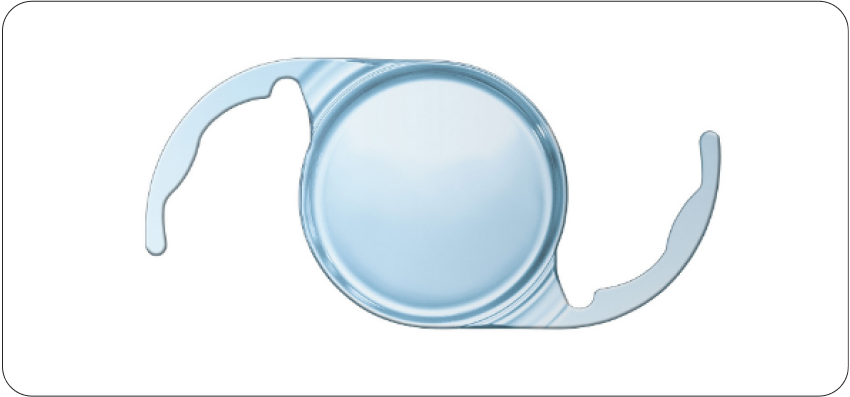
These lenses are made up of concentric rings of different powers to provide corrected vision at distance, intermediate and near. They aim to give a wider range of corrected vision and less dependence on glasses.
However this technology is not without limitations. As light enters the eye, rather than passing through a smooth single powered surface like a monofocal IOL, it passes through multiple changes in lens power. This can result in glare, halos or a ‘glow’ around lights and sometimes a drop in contrast sensitivity.
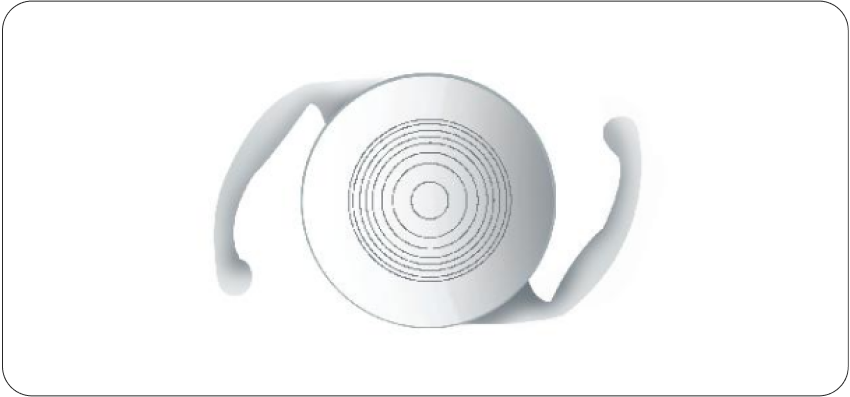
An EDOF IOL is new technology similar to the multifocal IOL, but provides a more extended range of sharp vision at distance and intermediate focal lengths. They have smoother transitions between focal powers within the lens and stretch light as it passes through, causing less halos and glare compared to a multifocal IOL. However an EDOF IOL only offers ‘functional’ near vision and patients may still require glasses for reading.
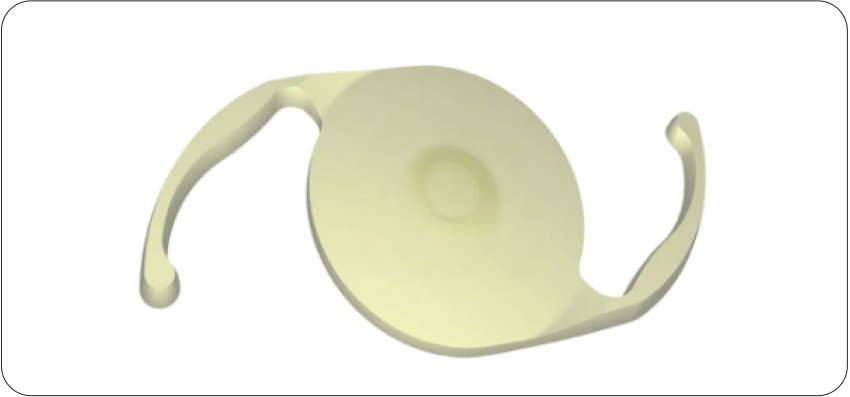
Astigmatism occurs when the curvature of the cornea at the front of the eye is irregular, or steeper in one direction than the other, a bit like the shape of a football. Toric IOLs are made to correct these different powers. Your Ophthalmologist uses specialised equipment to accurately measure if you have any astigmatism and will advise if these lenses are the best option for you. Monofocal, multifocal and EDOF lenses are available with toric correction.
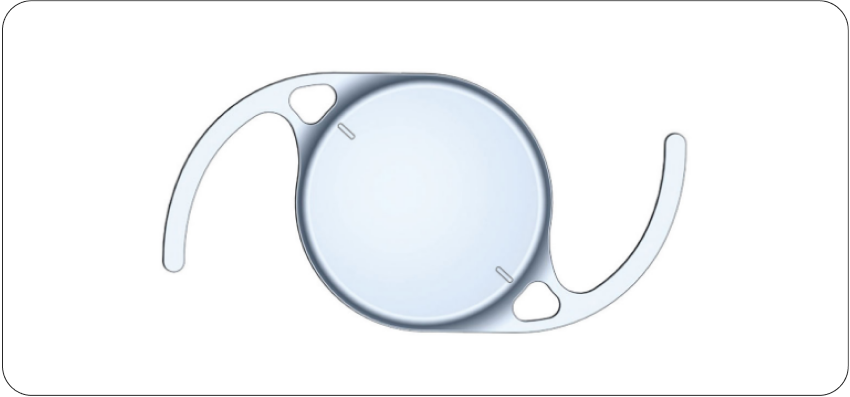
Knowing and understanding the types of IOL available to you is important. You must consider your lifestyle, budget, eye health and your visual expectations. Make an appointment with one of our experienced cataract surgeons at Nexus Eye Care so you can confidently discuss your options and choose the IOL that is most suitable for you.
Copyright © 2023 Nexus Eye Care | Trans4m Business Consulting – Website Design & SEO | Privacy Policy | ^